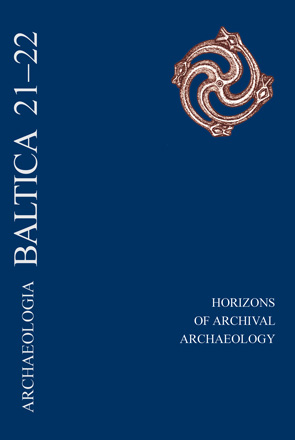Volumes 21-22 (2015): Horizons of Archival Archaeology, December 2015

Order by:
Pub. online: 30 Sep 2015
Type: Article
 Open Access
Open Access
Abstract
Pub. online: 30 Sep 2015
Type: Article
 Open Access
Open Access
Abstract